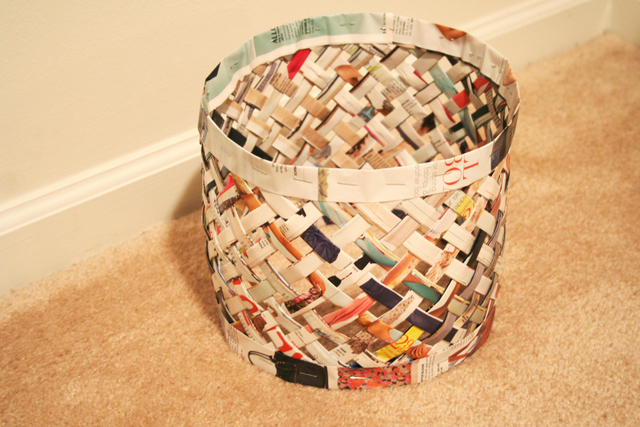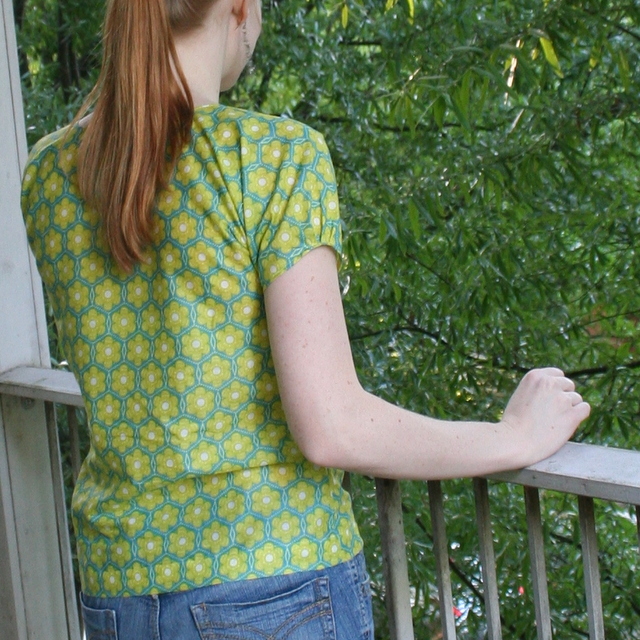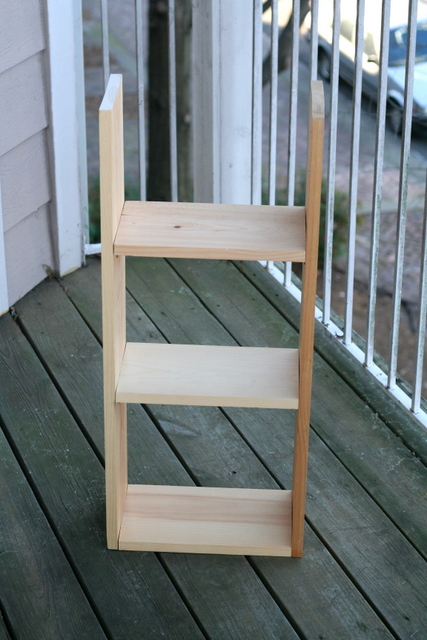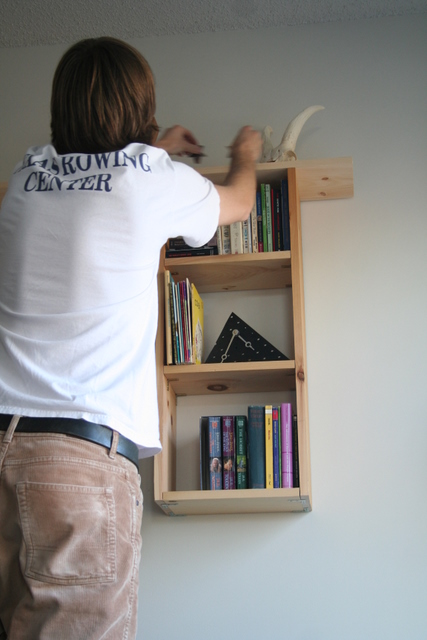Have you heard of Rien Poortvliet? I grew up with his beautifully illustrated book Noah’s Ark, and he’s illustrated several more about animals and gnomes.

Yes. A scientific look at their physiology, home habits, relationships with animals, and what they eat for breakfast. It’s great. It seems to be a rather popular book, and apparently someone liked it enough to publish The Gnomes Book of Christmas Crafts. And I am lucky enough that my sister got me these two books for my birthday!

The Christmas Crafts book includes dozens of Gnome crafts inspired by the original book. It includes such gems as:

carved wood welcome sign

gnome quilt
 “stained glass decorations”
“stained glass decorations”
One of my favorite parts of this book is how involved many of these crafts are. For example, the stained glass piece says “Skill level: elementary. Knowledge of stained glass essential.” As if all of us know how to do stained glass, and have the requisite tools. Ditto for the carved wood welcome sign up top. Not pictured are several clay projects that require a pottery wheel (maybe in 1980 most crafters owned all these tools?). There are some more accessible crafts in the book (napkin holders, picture frame, tea cozy) that don’t require specialized tools, so I’ll be reporting back once I’ve populated our home with a few more gnomes… Any other crazy, quirky craft books out there?


































